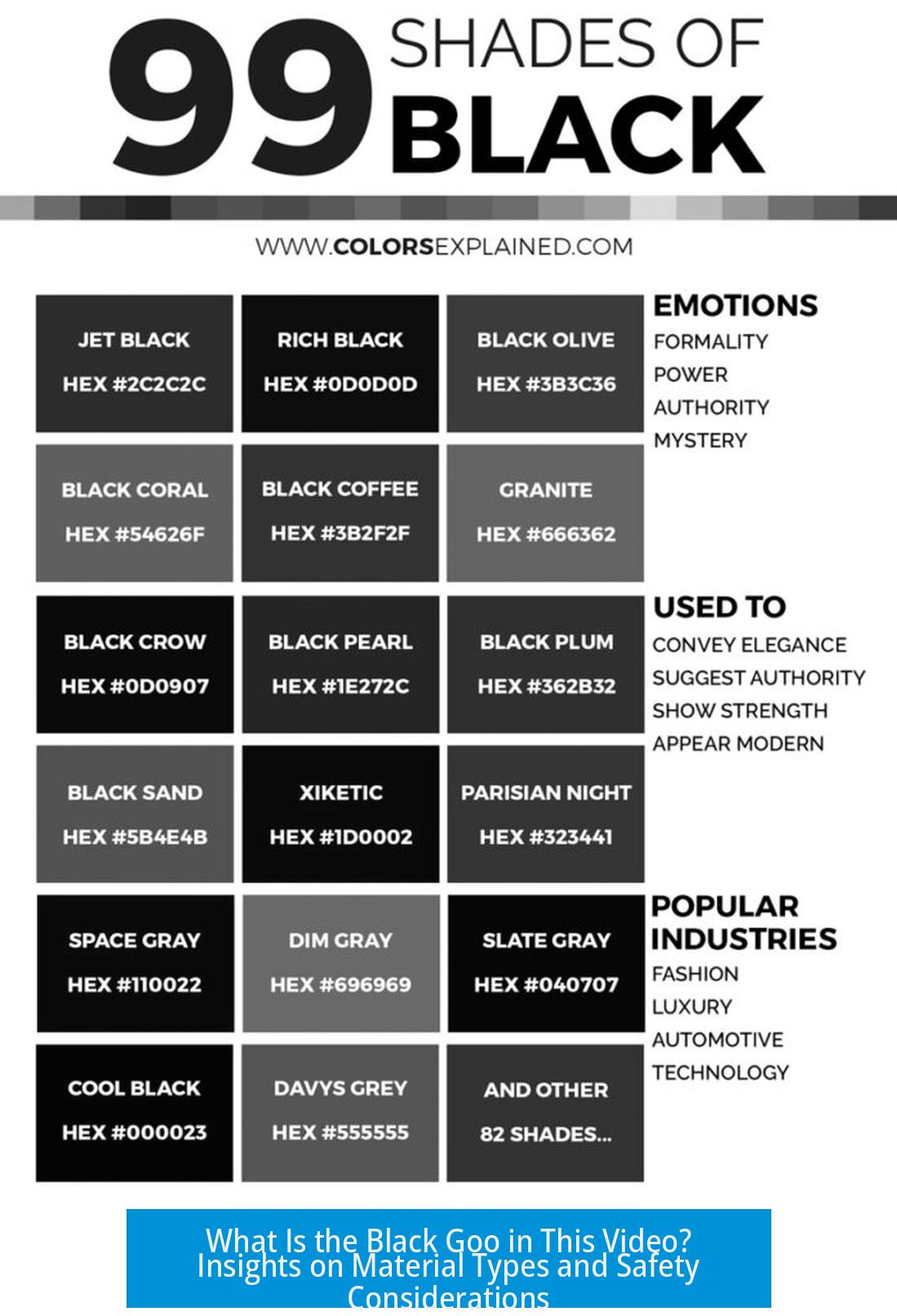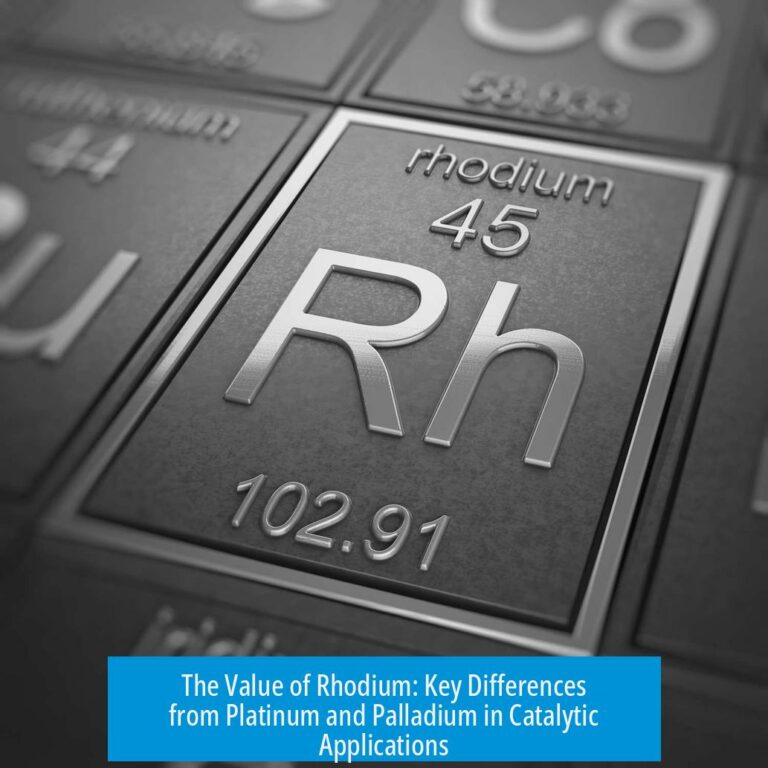Understanding the Black Goo in the Video
The black goo displayed in the video is most likely a viscoelastic polymer-based slime made from synthetic polymers such as polyacrylamides, polyvinyl alcohol, or polyethylene oxide, often combined with pigments to create the characteristic black sheen and fluid motion.
This explanation aligns with practical materials used in water treatment, special effects, and artistic performance. The goo shows physical behaviors typical of viscoelastic liquids, which combine properties of both solids and liquids, responding differently under force or gravity.
Possible Material Composition
1. Synthetic Polymers
The black goo could be a mixture of synthetic polymers, such as polyacrylamides (e.g., Flopam), which are common in water treatment. These polymers, when mixed with glycerine and black dye, exhibit the thick, elastic, yet flowing qualities observed in the video.
Polyvinyl alcohol combined with small amounts of borax is another well-known recipe for slime. This mixture produces a stretchy, moldable substance that flows under gravity but resists detachment under sudden physical forces.
2. Polyethylene Oxide-Based Slime
Polyethylene oxide, available as powder (e.g., J-Lube or X-Lube), dissolves in hot water to yield a slime that mimics the black goo’s behavior. Adding pigments such as graphite or charcoal powder provides the black, glossy finish without using dyes.
3. Latex and Other Mixes
Some speculate latex or a slime-oil mixture creates this substance. Skin-safe black slime made from glue, borax, and dye also fits the profile, commonly used in live performances and film.
4. Non-Newtonian Fluids
Cornstarch and water mixtures create non-Newtonian fluids with interesting flow properties. When dyed black, these mixtures simulate slime-like movement. However, the goo in the video likely exceeds cornstarch suspensions in elasticity and coherence.
5. Other Possibilities
- Nori seaweed gel (commonly used in massage, called Nuru) plus coloring.
- Black treacle (molasses) for thick, dark liquid effects was used in music videos.
- Polyethylene glycol and borate-containing viscous fluids are sometimes referenced.
Material Behavior and Physical Properties
The goo displays viscoelastic properties — combining liquid flow and elastic response. When the performer moves quickly, the goo stretches and holds shape, behaving like a solid. Under slow movement or gravity, it flows like a liquid.
This viscoelasticity explains why the goo clings to the moving body yet drips and pools on the ground afterward, where it tends to bead slightly due to surface tension interacting with dirt or surfaces.
Authenticity and Artistic Context
The video has sparked debate about whether it is CGI or real. Evidence supports it being a live performance by artist Joshua Serafin, known for creating visual shows using black goo substances. His performances have been seen live and online, confirming the goo is a tangible material.
Serafin’s work involves touring and sharing behind-the-scenes details, reinforcing the physical reality of the goo.
Cultural and Fictional References
Many viewers link the black goo to pop culture entities:
- “Armus,” the black oily villain from Star Trek TNG linked to Tasha Yar’s death.
- Venom and symbiotes from comics and movies due to the goo’s fluid, wrapping properties.
- Other fictional slimes and blobs from cartoons and sci-fi.
These references show how the goo’s appearance resonates with audiences but do not relate to its chemical nature.
Safety Considerations
Materials like polyethylene oxide-based slimes and polyvinyl alcohol mixtures are generally safe for skin contact. They avoid harmful solvents or toxic chemicals. However, ingesting these substances is not recommended.
Removing such goo from hair or skin can be challenging, thus careful handling during performances is essential.
Key Takeaways
- The black goo is likely a viscoelastic polymer mixture such as polyacrylamide, polyvinyl alcohol, or polyethylene oxide slime.
- Its physical behavior combines solid elasticity and liquid flow, characteristic of viscoelastic fluids.
- The goo is real and used in live artistic performances by known artists, not a CGI creation.
- Pop culture associations with Star Trek’s Armus or Venom are references, not direct explanations.
- Compositions are usually skin-safe but not intended for ingestion, requiring careful handling.
- Materials such as graphite powder or charcoal are used to achieve the black coloration without toxic dyes.
What could the black goo in the video be made of?
It might be synthetic polymers like polyacrylamides mixed with glycerine. Other possibilities include polyvinyl alcohol with borax, polyethylene oxide with pigments, or latex-based slime. Cornstarch and water with dye could also create a similar effect.
How does the black goo behave physically?
The goo acts as a viscoelastic liquid, meaning it flows like a liquid under gravity but behaves like a solid when force is applied. This lets it stretch and bounce back without detaching, similar to ‘silly putty’.
Is the black goo in the video real or computer-generated?
There is debate, but many cite it as a real performer using physical slime or goo. The artist Joshua Serafin uses it in live shows. Some think it looks like CGI or Blender animation, but evidence points to practical effects.
Are there any health or safety concerns with the black goo?
Materials like polyethylene oxide or slime made from borax are generally safe for skin contact but not for ingestion. Covering skin entirely may have risks, so care should be taken depending on the material used.
Does the black goo have any cultural or pop culture references?
Viewers compare it to fictional substances like the Star Trek TNG creature Armus, Venom’s symbiote, or sci-fi black slime from shows like The X-Files. These references highlight its eerie and fluid-like appearance.





Leave a Comment